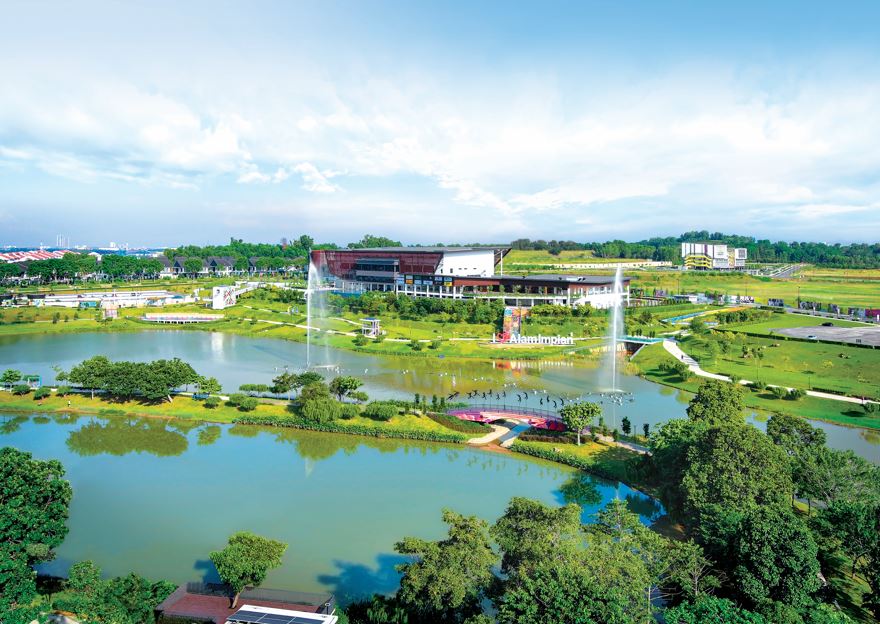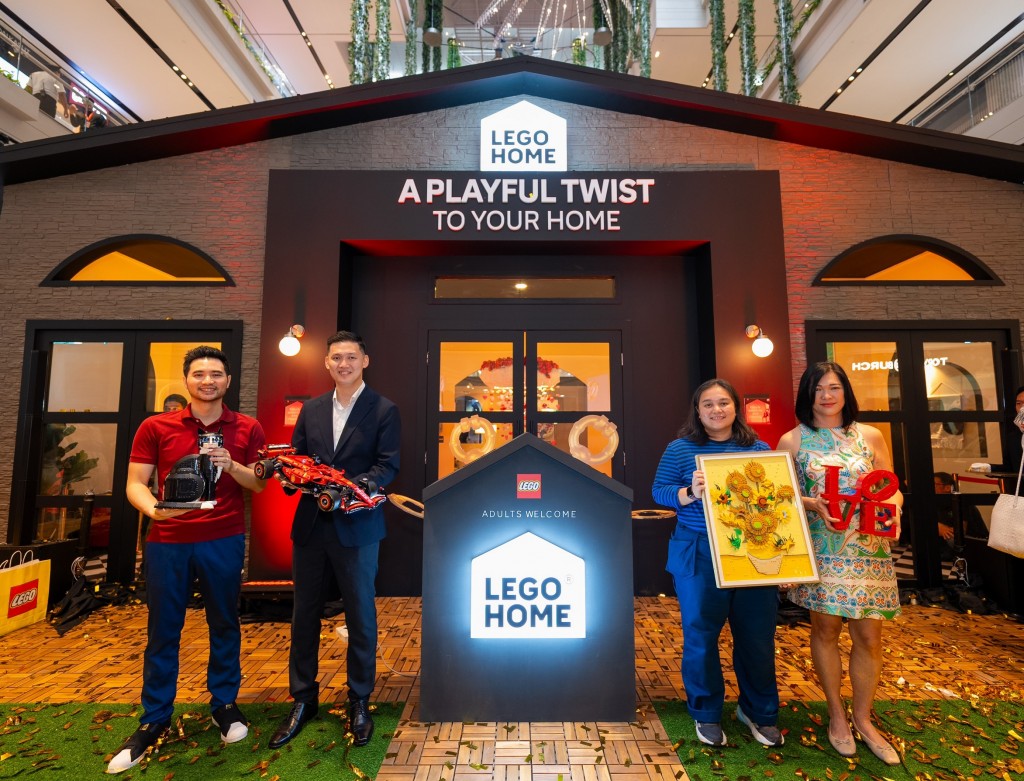By Joseph Wong
Transit-oriented development (TOD) is a design concept centred around creating communities with easy access to public transportation, typically involving a mix of housing, office spaces and retail. The idea is to encourage more people to use public transit rather than relying on private vehicles. But are TODs really driving an increase in public transportation ridership or are other factors at play?
Veritas Design Group principal Ng Yiek Seng believes that the relationship between TODs and increased ridership hinges largely on perception. "It is always about perception. Perception change and the ease of use versus other modes of transport, such as private vehicles, will be the starting point for increased ridership. TOD facilitates the possibility for people with a good perception of public transport to actually buy into TODs and utilise public transport," he explained.
This statement highlights that while TOD can physically bring people closer to public transit, the real trigger for increased ridership lies in how people view and experience the system. If public transportation is seen as reliable, efficient, and convenient, residents of TOD developments are more likely to use it. However, if public transit struggles with issues such as delays, overcrowding, or safety concerns, TOD's potential may be undermined, with residents opting for private vehicles despite their proximity to transit hubs.
The value proposition of TODs
Beyond perception, there is the question of how TOD developments are priced and structured. Ng emphasised that it is not just about offering affordable housing but about the overall value proposition of TOD. "The per square foot (psf) cost for construction for a normal apartment or any development versus TOD is the same. The difference lies in land price, plot ratio, density and amenities," he said.
Ng breaks down the key factors driving costs for TOD:
- Land price: Being closer to transit hubs, TOD developments often see higher land prices, which in turn raises the cost of housing in these areas. This increase in land value is a direct result of the proximity to transit, which is perceived as a significant benefit to residents.
- Plot Ratio/density: Increasing the plot ratio or the density of a TOD project can boost profitability for developers by allowing more units to be built. However, this is often balanced out by the higher land price, leading to minimal cost savings for buyers.
- Reduced parking: One of the main selling points of TOD is the potential to reduce reliance on cars, meaning developments can limit the number of parking spaces, which can lower construction costs. However, this saving can be offset by the need to build infrastructure that connects the development to nearby transit stations, such as pedestrian walkways or bridges.
Ng suggested that to truly make TOD developments more affordable, there needs to be a detailed cost-benefit analysis. This study would need to examine how plot ratios, land prices and other factors interact to influence the final price tag of a TOD project. "To reduce the price for development, there must be a cost-and-effect study that needs to start with the allowance of plot ratio/density and thus the land price," Ng said.
True TOD design vs labelling
One of Ng’s most important points is that not all developments labelled as TOD truly live up to the concept. He argues that for a project to be considered a proper TOD, it must meet certain criteria, such as reduced parking, permeability of movement to other developments and a mixed development typology.
"The main purpose for TOD is to increase community living and walkability while reducing traffic congestion," Ng noted. If a development fails to meet these standards, it should not be classified as TOD, even if it is near a transit hub. In other words, simply building near a station does not automatically make a development TOD - design elements that promote sustainable urban living and ease of mobility must be integral to the project. A true TOD development must truly embody the principles of walkability, community living and reduced car dependency.
Are we seeing more ridership?
While TOD offers the promise of more connected, transit-friendly communities, the actual impact on ridership depends on several factors. The location and convenience of the transit station, the efficiency of the transit system, and the community’s willingness to adopt public transportation all play a role in determining whether TOD can drive a significant increase in ridership.
Ng’s insights show that TOD’s potential to increase ridership on public transportation is there but it should not be taken for granted. It requires careful design, planning and a shift in public perception. "TOD should be a given within what vicinity," Ng said, referring to the notion that developments near transit stations should automatically incorporate TOD principles. But if they do not embrace these principles - such as reduced parking and mixed-use spaces - they may not have the intended impact on public transit use.
While the ridership of public transportation appears to be on an exponential rise, especially after the Covid-19 pandemic, it is difficult to pinpoint that TOD is the main cause as the younger generation's perception of needs has changed. Partly driven by environmentally conscious behaviour, today's youths are more keyed towards convenience - meaning that their desire to reside in more accessible areas where transportation is in easy reach.
Certainly, TODs have the potential to boost ridership on public transportation but success depends on how the public perceives transit and the quality and convenience of the transit system. With careful planning and execution, TOD can play a vital role in encouraging sustainable urban living and reducing traffic congestion but only if all the pieces come together.
Stay ahead of the crowd and enjoy fresh insights on real estate, property development and lifestyle trends when you subscribe to our newsletter and follow us on social media.












































